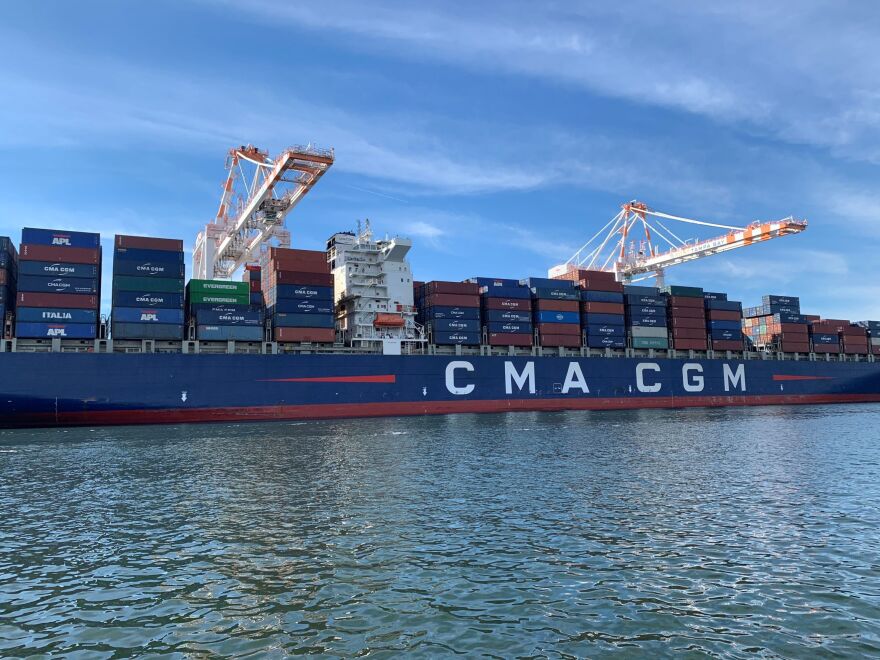Paul Anderson says the 2020s will be a decade of growth for Port Tampa Bay.
He can see that growth from his fourth-floor office in Tampa’s Channelside district, which overlooks drydocks and cruise ship berths.
Listen to an audio version of this story
“In the U.S., the cities grew up around the ports, because it was a safe harbor,” he said. “Learning to integrate the two as the city and the port grows, they have to complement each other.”
Anderson was hired as the port’s CEO in 2012. He previously led Jacksonville’s port and was a federal maritime commissioner in the George W. Bush administration.
Since arriving in Tampa, Anderson has looked for opportunities to expand the port’s reach. Those efforts paid off in 2019, when Port Tampa Bay broke records for cruise passengers and welcomed cargo service from China, Vietnam, and South Korea. In the coming year, new cruise lines will call, and the port will look to increase cargo traffic to Mexico and South America.
RELATED: Port Tampa Bay Expects More Cargo From Mexico And Asia In 2020
But this time of potential growth coincides with the effects of climate change: rising sea levels and more frequent and powerful hurricanes. In an interview with WUSF, Anderson said the port is ready for both.
“We have been doing annual hurricane exercises that have eerily resembled the storms that ended up that same year,” he said. “And we have a colocation site where we can run this port if it was damaged.”
etting the port up and running after a hurricane is critical, as 45% of Florida’s gasoline supply is pumped into tanker trucks here.
Rising sea levels are a trickier problem. Anderson said the port can’t just raise its cargo cranes and cruise ship gangways; they must operate at today’s levels.
"There are things that we are building in. We are also working with an engineering firm as we do our strategic planning so that we can slowly start integrating this into our capital investment as we improve the port facilities,” he said.
Anderson also pointed to a recent study from the Florida Ports Council on how the state's ports are preparing for storms and climate change.
That preparation will be essential, Anderson said, because ports are Florida’s connection to the global economy.
“I'm fond of saying cargo is the currency of the world today,” he said. “The supply chain is global, but it can be very fragile.”
Copyright 2020 WUSF Public Media - WUSF 89.7


